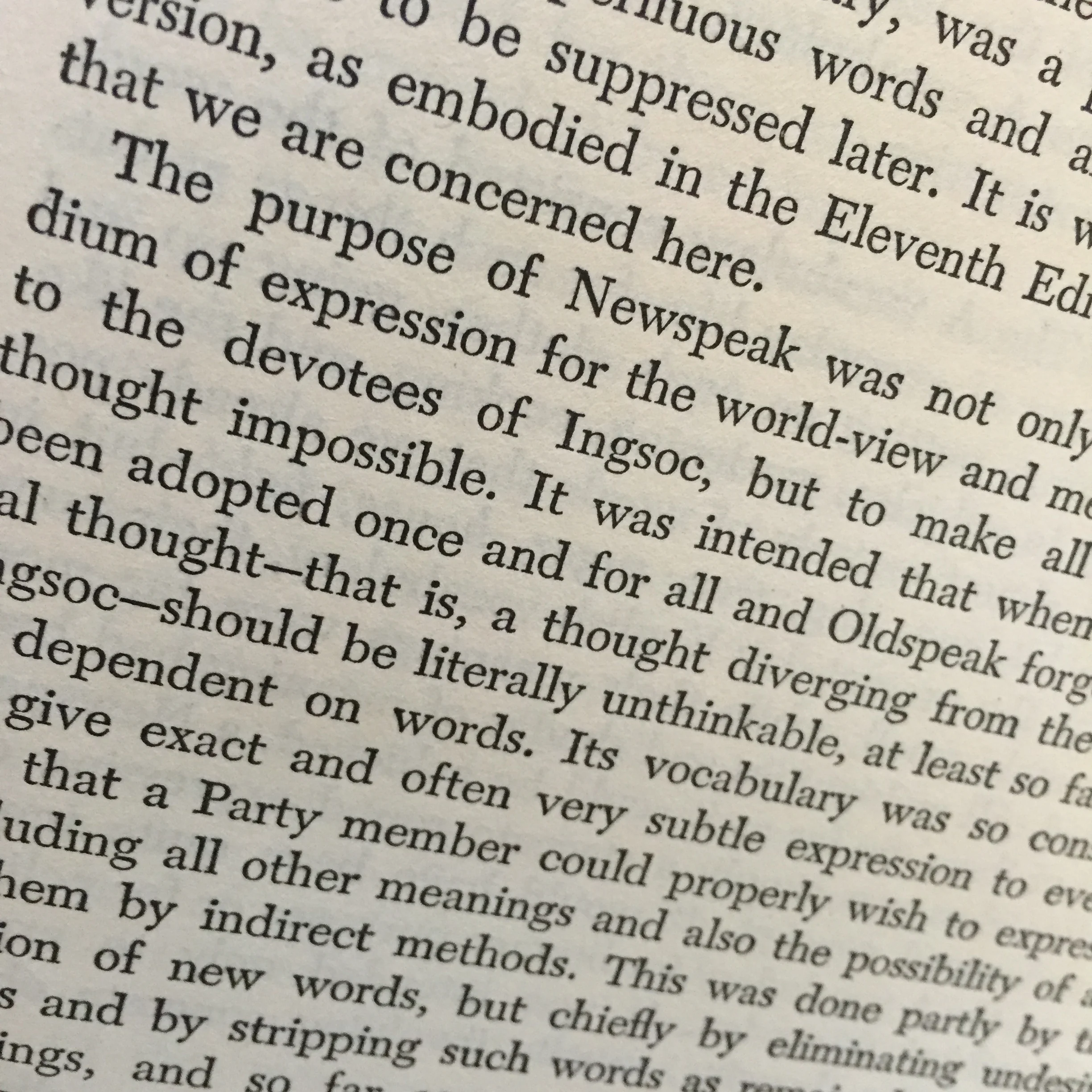What If Lee and Grant Had Cellphones?
By Dennis D. McDonald
I recently finished reading the 3-volume U.S. Civil War history by Shelby Foote (my reviews are here, here, and here). While reading, one question always lurking in the back of my mind was, "How would the Civil War have been different if the North and South had had modern communication technologies?" For example, would the war have been longer or shorter? Would the outcome of battles have been different? Would public support in the North or South have been stronger or weaker?
The telegraph and steam locomotives were available to both North and South. Orders could be sent out from Washington or Richmond via telegraph and reports sent back from the field when lines were available. Reporters in the field could also provide reports back to their newspapers and next-day battle accounts were often published for mass distribution.
Destruction of telegraph and rail lines was a common tactic to disrupt the enemy’s communication lines. This led to much time and expense being devoted both on the destruction and repair, just as burning bridges was a common technique for disrupting enemy troop movements.
Despite the speed of telegraphy it was not a perfect service. Hours and days could be spent at headquarters waiting for the results of an ongoing battle and sometimes the reports when received were inconclusive. Reporters in the field could "embellish" battlefield reports and the next day newspaper stories could embellish -- or twist -- facts even further. Sometimes old newspapers containing out of date news were the only source of information in remote areas not served by more reliable communication.
Nowhere was the impact of unreliable realtime information more apparent than on the battlefield. Today we take satellite and drone based reconnaissance for granted when it comes to tracking the location of the enemy. In those days, knowing the enemy’s location was almost always a challenge. It was hard to tell whether the enemy was over the hill or 20 miles away.
Battlefield communication was universally poor. Unit orders were handwritten and distributed by horseback. Once the fighting started and tactical troop movements became critical, the lack of information about the size and location of friend and foe alike could and did impact the outcome of battles. Several times the author pictures a frustrated general, on horseback in the maelstrom of a smoking battle, yelling out, "Where is [insert name of officer who should have been here with his troops]!” That officer could be dead, delayed, or lost, but the general had no way of knowing.
Sometimes line-of-sight observation of the battlefield could provide a commander with real-time information about the battle. In such cases binoculars, telescopes, and the occasional telegraph-equipped observation balloon, plus messengers scurrying on horseback, provided essential information. But cannon smoke or fog could also disrupt the value of hilltop vantage points. Commanders, without the benefit of today's real-time communication devices, were back to guessing.
An interesting question is whether better communication media would have impacted public support on either side. Grisly battlefield photographs were becoming more available and field reporters were telegraphing back battle details to be published the next day.
Yesterday as today, battlefield results could be spun politically. Lincoln was acutely aware that his political opponents were using the progress of the war as fodder against him in his reelection campaign. Northern supporters of a peace settlement with the South were sure to use negative battlefield results against Lincoln. Given the highly decentralized information gathering and distribution of the day, Lincoln could do little to stem the flow of negative information, try as he might.
Public support was another matter. Battlefield photographs notwithstanding, the widespread acceptance of the monumental carnage of that war is amazing. Thousands could be slaughtered in single day. There was no way such vast numbers could be hidden. Would more universal real-time information flow have made a difference to this mass acceptance of the war?
I'm not convinced that it would have made a difference. We see today in our current political arguments hatred and mistrust being employed constantly where "facts" are manufactured, twisted, broadcast, and ingested despite the ability to prove or disprove the new facts. People have always tended to process information through the lens of their own beliefs and prejudices, then as now. Sometimes resolution can only occur through the force of numbers, either on the battlefield or at the ballot box.
Another possible explanation of how such widespread death and destruction were "accepted" was that death was much more accepted part of life back then. Read Drew Gilpin Faust's THIS REPUBLIC OF SUFFERING: DEATH AND THE AMERICAN CIVIL WAR and you'll get an understanding of this. Had today's social media been available back then, it’s possible that not only would political differences have been amplified and reinforced, but the rituals, practices and businesses surrounding death would have been reinforced as well.
Copyright (C) 2016 by Dennis D McDonald





